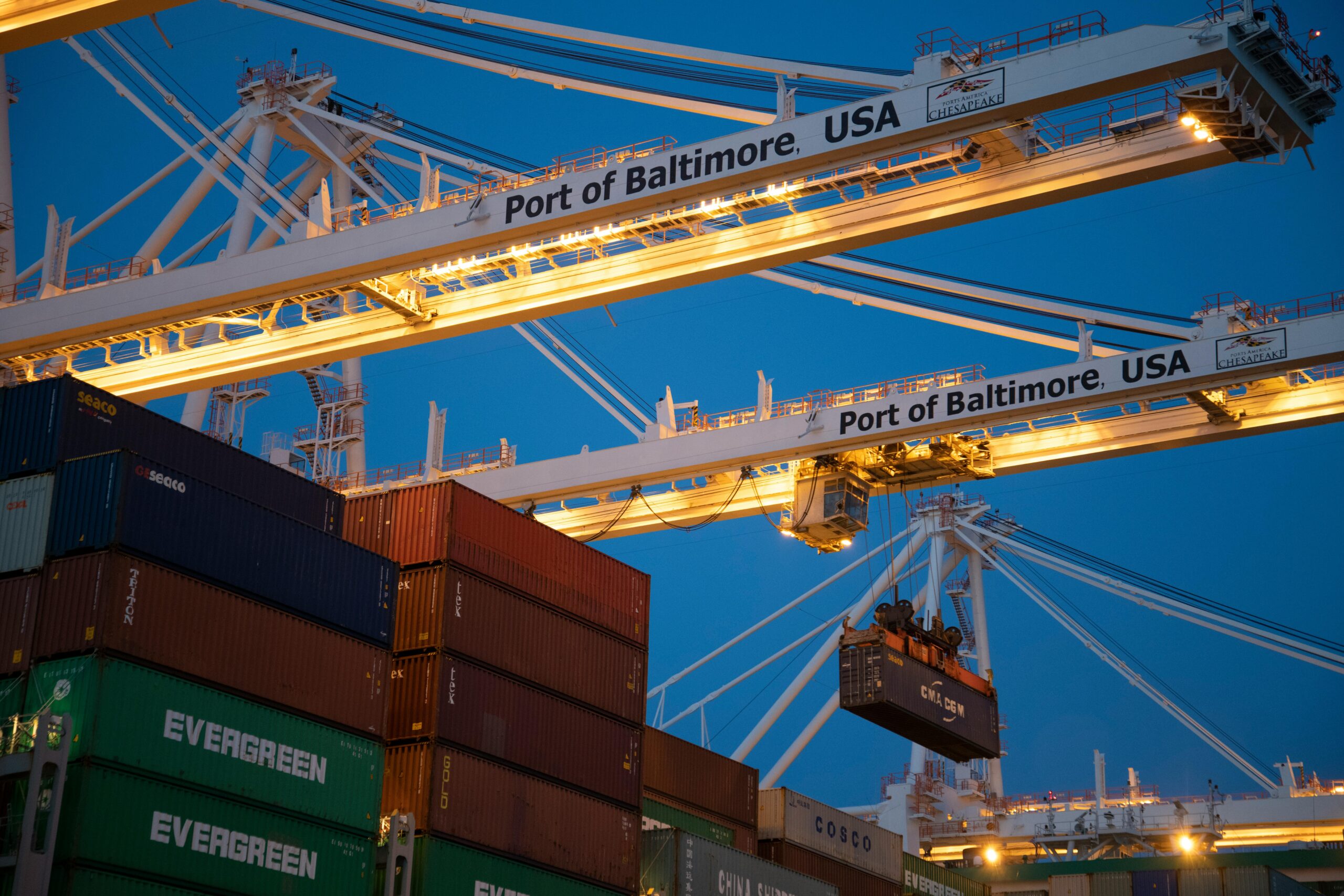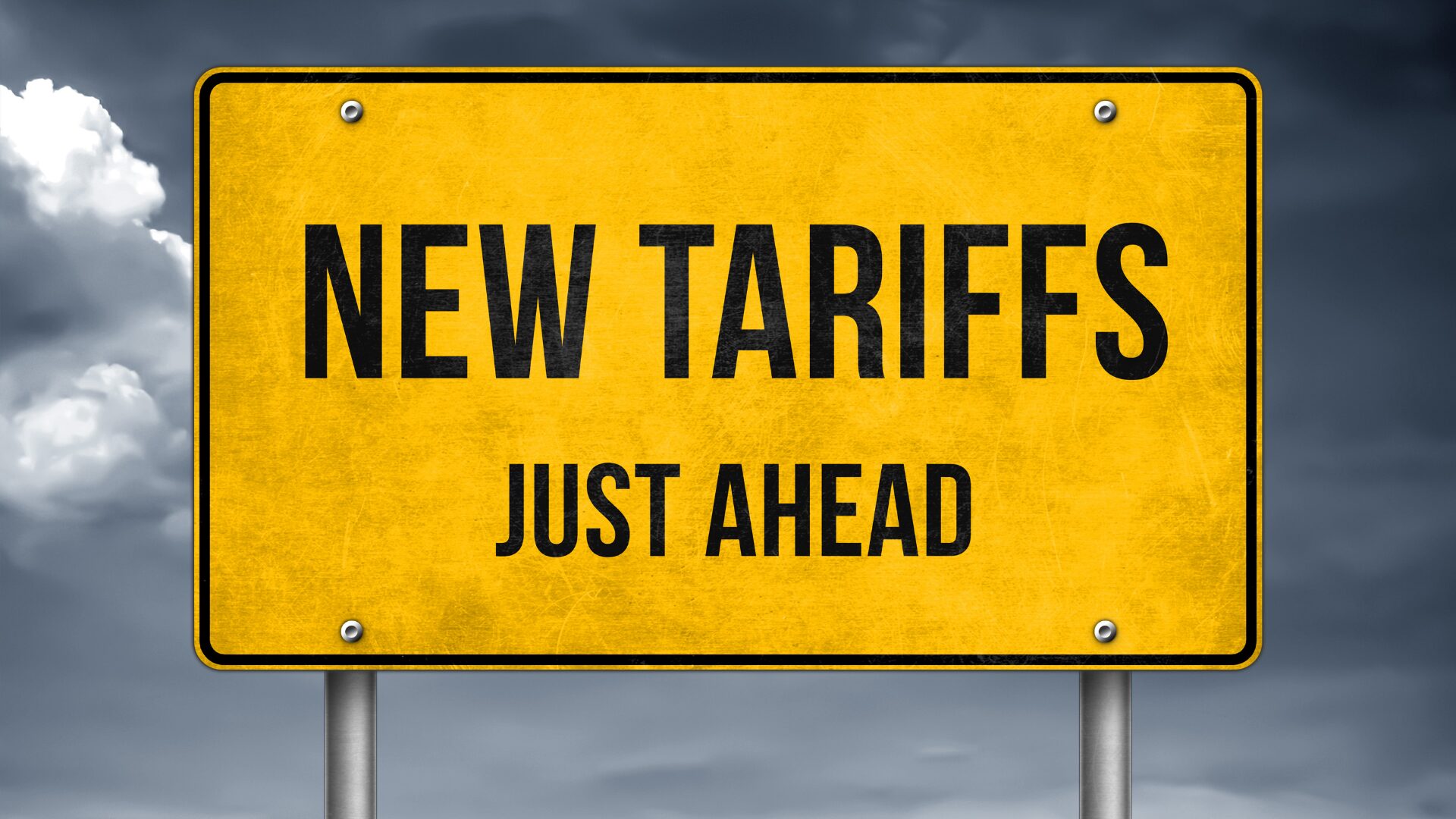Predictive-maintenance technology – smart software that listens to machines to predict equipment failures before they happen – could prove to be a valuable service, especially as manufacturers grapple with supply chain disruptions and labor shortages.
It’s no surprise, then, that predictive-maintenance tech has seen a surge in demand since 2020, with PepsiCo, Hershey, and other large-scale manufacturers utilizing the tech at their facilities.
HOW IT WORKS
“Predictive-maintenance technology helps technicians get ahead of repair issues, allowing them to understand what issue will arise and when it will need to be fixed, prior to failure,” Sidney Lara, service principal at Aquant, a predictive AI platform, told The Food Institute.
The key to predictive maintenance, also called machine-health tech, is active listening.
Wireless sensors attach to machinery and pick up the sounds they emit, collecting data. That data is then analyzed by artificial-intelligence software, and insights about equipment functionality are sent to the factory’s maintenance team in real time.
Augury Inc., a startup that makes predictive-maintenance tech used by Frito-Lay, says their AI software is trained to recognize more than 80,000 industrial machinery sounds throughout the life cycle of operations, from peak performance to falling apart. The software then overlays the sounds to detect patterns and gather information about maintenance needs, reported The Wall Street Journal.
STREAMLINING OPERATIONS
Machine-health tech isn’t exactly new. Augury, for one, has been around since 2011. However, supply chain disruptions related to COVID-19 and Russia’s invasion of Ukraine have led manufacturers to seek out operational systems solutions with a greater sense of urgency.
There’s also the ongoing global labor shortage, but Lara says predictive-maintenance tech can help with that, too.
“When combined with machine learning, predictive-maintenance technology can improve overall uptime for the [manufacturer],” he explained. “This means less reactive break fixes or unexpected service calls, which results in a more efficient workforce.”
By the same token, real-time insights relaying how well factory equipment is functioning eliminate the need for routine calendar-based maintenance, giving employees more time to focus on big-picture items. According to Lara, upskilling the workforce with machine-health tech saves money, lowers workplace liabilities, and improves employee morale.
CONTINUED GROWTH
The market for machine-health tech doesn’t show signs of slowing anytime soon. Global spending on predictive-maintenance technology is projected to reach $18.6 billion by 2027, growing at a CAGR of just over 26%, according to data analysis firm Research and Markets.
“We’ll see more businesses looking to replace traditional business intelligence tools with AI and machine learning tech to more quickly, more accurately, and more precisely analyze the abundance of data that’s now available,” Lara said.
“There’s no doubt that predictive maintenance is becoming the norm.”












